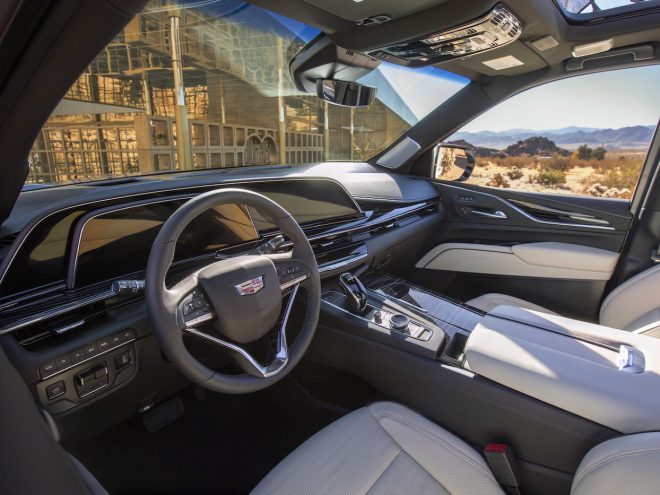
5 Reasons Why the Standard Mileage Rate is the Best Option for Your Tax Deduction
The standard mileage rate is among the best tax deductions for self-employed individuals. It’s simple, flexible, and easy to keep track of.
But it’s not the only option for claiming a vehicle expense deduction. The IRS offers two ways to calculate the cost of using a vehicle in your business: The actual expenses method and the standard mileage rate method.
It’s Simple
The standard mileage rate is the IRS default method for calculating your tax deduction if you drive your car, van, pickup, or panel truck for business purposes. The rate is determined based on the average costs of operating a typical vehicle, including variable and fixed expenses like gas, oil, repairs/maintenance, tires, insurance, registration, depreciation, and other auto operating costs.
If you are self-employed, you can claim deductible driving expenses on your federal income tax return using the standard rate.
One of the reasons why most people choose to use the standard mileage rates is that it requires less recordkeeping than itemizing their actual car expenses. This is especially important for drivers new to driving for business purposes, as tracking your car expenses without a mileage log book can be challenging.
As with any tax deduction, you must keep comprehensive and contemporary records using the standard mileage rate method. These include trip details, total miles from your odometer, credit card receipts, and other items that can help verify your mileage.
It’s Flexible
A driver who drives for business, including Uber drivers-partners, can claim a car expense deduction by multiplying the business mileage by the standard mileage rate.
Using this method, a self-employed person who files a Schedule C can deduct expenses for driving to meet clients or run other business errands. He can also use the standard mileage rate to calculate deductible costs of operating a vehicle for charitable, medical, or moving purposes (including those that occur during moves of active-duty military members).
Another tax deduction option is the actual expenses method. This involves keeping a mileage log book and submitting receipts for each deductible vehicle expense.
However, the actual expense method can be more complicated to manage and can produce a larger tax deduction one year versus the next. This method might not be suitable for a person with a new or expensive car that gets excellent gas mileage, but it may be perfect for someone who drives a vehicle that needs a lot of maintenance and repairs.
The IRS has set a rate for standard mileage each year and determines this rate based on an annual study of the fixed and variable costs of owning a car. The rates for medical and moving use are based on variable costs but not selected ones, such as insurance.
It’s Convenient
The standard mileage rate is one of the most popular ways to claim a tax deduction for your business vehicle expenses. The IRS created it to make it easier for independent workers to keep track of their car expenses.
The standard mileage rate consists of a set amount per business mile adjusted by the IRS annually. It is calculated based on an annual study of the fixed and variable costs of owning and operating a vehicle.
It’s worth noting that the IRS’s standard mileage rate is often more accurate for tax deduction purposes than it is for setting an actual reimbursement rate, but there are some instances where the standard mileage rate is still valid.
For example, if you are an Uber driver-partner and use your car 50% of the time for business trips, you’ll want to track your expenses. You can do this with a logbook or an app.
Both methods have advantages and disadvantages, but the standard mileage rate is likely the best option for most people. It’s simple, flexible, and can save you time and hassle.
It’s More Efficient
The standard mileage rate is the drivers’ most popular tax deduction option. It’s a simple method that lets you deduct a set number of cents for every business mile you drive.
The IRS sets the standard mileage rate each year and changes it based on the cost of car ownership, including gas prices, insurance premiums, depreciation, and maintenance costs.
It’s an excellent option for businesses that want to give their employees a way to save on their taxes by paying them for miles driven for business, medical, moving, or charitable purposes. However, if you choose this method, tracking your mileage for each trip in detail is essential to report your expenses and receive the maximum possible deduction accurately.
It’s More Affordable
The standard mileage rate is the most common method for claiming a vehicle tax deduction. It allows you to deduct the actual expenses of operating your car, including gas, maintenance, and insurance.
For example, let’s say you drive a car for work. You use the actual expense method, which allows you to deduct expenses based on how much you spend driving for business.
You can also use the standard mileage rate, a simple method that lets you multiply your miles driven for business by the IRS’s rate.










[…] Full Text https://www.theintelligentdriver.com/2023/04/23/5-reasons-why-the-standard-mileage-rate-is-the-best-… Translate Full Text […]